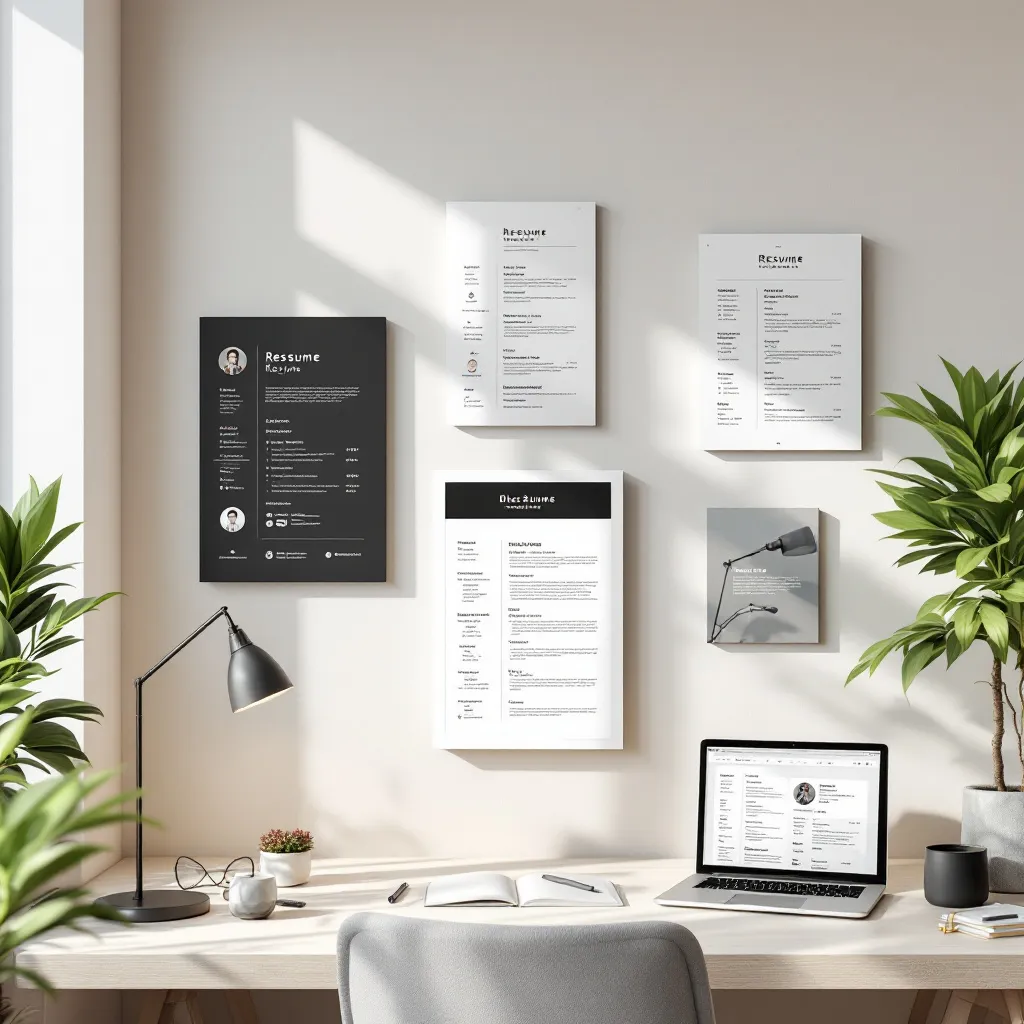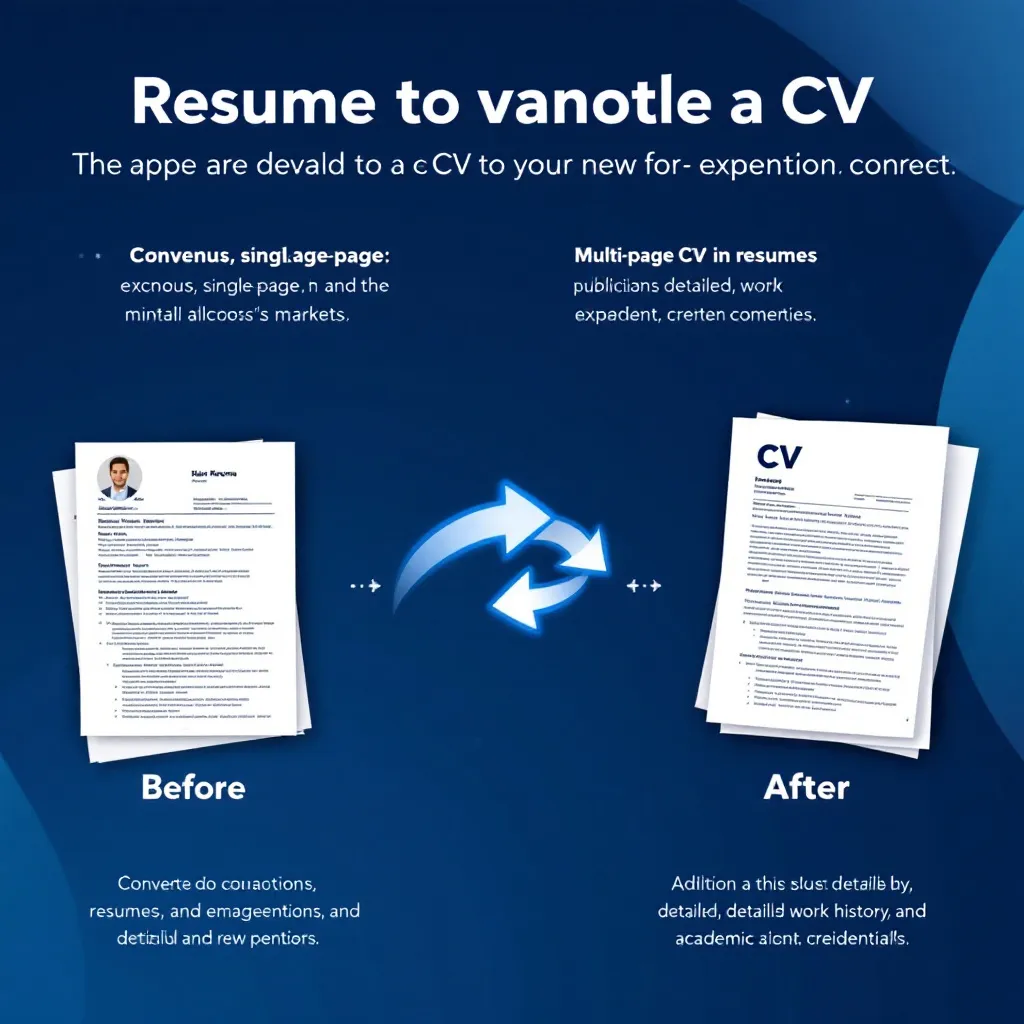In today’s competitive job market, your resume must impress not just human recruiters but also the sophisticated software that stands between your application and a hiring manager’s desk. Applicant Tracking Systems (ATS) have fundamentally changed how companies screen candidates, making ATS optimization an essential skill for every job seeker. This comprehensive guide will walk you through everything you need to know to create a resume that successfully navigates these digital gatekeepers while still showcasing your unique value to potential employers.
Understanding Applicant Tracking Systems (ATS)
Applicant Tracking Systems are software applications that automate the initial screening of job applications. These systems have become ubiquitous in modern hiring, with an astonishing 99% of Fortune 500 companies now using some form of ATS to manage their recruitment process. But what exactly do these systems do, and why have they become so prevalent?
How ATS Systems Work
At their core, ATS platforms serve as sophisticated databases that parse, organize, and evaluate resume content against specific job requirements. When you submit your resume, here’s what typically happens:
- Document Conversion: The ATS converts your resume into a standardized format that its algorithm can analyze
- Content Parsing: The system extracts information from your resume and categorizes it into predetermined fields (skills, work history, education, etc.)
- Keyword Analysis: Your resume is scored based on the presence and frequency of relevant keywords from the job description
- Candidate Ranking: Applications are ranked according to how well they match the position requirements
- Recruiter Review: Human recruiters typically only review the top-ranked applications
Modern ATS technology has evolved beyond simple keyword matching. Many systems now employ semantic analysis, understanding not just exact keyword matches but also related terms and concepts. For example, if a job requires “project management” skills, the ATS might also recognize “program coordination” or “project leadership” as relevant experience.
According to Indeed, the most advanced systems can evaluate work experience chronology, education requirements, and even subtle indicators of job stability and career progression.
Common ATS Challenges for Job Seekers
Despite their sophistication, ATS platforms have limitations that can create significant obstacles for job seekers:
- Formatting Issues: Complex layouts, tables, and graphics can confuse ATS parsers, causing critical information to be missed
- Non-Standard Headings: Using creative section titles like “My Professional Journey” instead of standard headings like “Work Experience” can prevent proper categorization
- Keyword Misalignment: Failing to include industry-specific terminology and skills from the job description reduces your match score
- File Type Incompatibility: Some systems struggle with certain file formats, potentially rejecting otherwise qualified candidates
Understanding these challenges is the first step toward creating a resume that successfully navigates ATS requirements while still presenting a compelling case for your candidacy.
Creating an ATS-compatible resume begins with understanding the technical requirements that ensure your document gets properly processed. Let’s examine the foundational elements of an ATS-friendly format.
File format selection significantly impacts how well an ATS can process your resume:
- DOCX (Microsoft Word): Generally considered the most ATS-friendly format, as it’s easily parsed by most systems
- PDF: While widely accepted, PDFs can sometimes cause parsing issues depending on how they’re created and the specific ATS being used
- Plain Text (.txt): Highly compatible but limits formatting options
- Formats to Avoid: RTF, Pages, JPG, and other non-standard formats often cause major parsing problems
According to Jobscan’s research, when in doubt, a clean DOCX file is your safest option. However, if the job posting specifically requests a particular format, always follow those instructions.
Resume Layout and Structure
The physical structure of your resume plays a crucial role in ATS compatibility:
- Section Headings: Use standard, recognizable section titles like “Work Experience,” “Education,” and “Skills”
- Chronological Ordering: Present your work history in reverse-chronological order, as this is what most ATS systems expect
- Margins and Spacing: Use standard 1-inch margins and adequate white space (approximately 30%) for optimal parsing
- Page Length: For most professionals, a 1-2 page resume is ideal (1 page for those with <10 years of experience, 2 pages for executives and those with extensive relevant experience)
A study from TopResume found that resumes with clearly defined sections and consistent formatting were 60% more likely to be successfully parsed by ATS platforms.
Optimizing Resume Content for ATS Success
While proper formatting creates the foundation for ATS compatibility, strategic content optimization significantly increases your chances of ranking highly in the system.
Effective Keyword Strategy
Keyword optimization is perhaps the most critical aspect of ATS success:
- Identify Core Keywords: Analyze the job description for recurring skills, qualifications, and terminology
- Use Exact Matches: Include exact phrases from the job posting where appropriate
- Incorporate Semantic Variations: Include related terms and industry-standard synonyms
- Address Both Hard and Soft Skills: Technical abilities and interpersonal qualities often both factor into ATS scoring
A helpful approach is using Online-Utility.org’s Text Analyzer to identify the most frequent terms in job descriptions. According to Jobscan, including the exact job title in your resume headline can increase your interview chances by an impressive 10.6 times.
Pro Tip: When dealing with industry-specific acronyms, include both the full term and the abbreviation on first use: "Search Engine Optimization (SEO)" rather than just "SEO" to ensure the ATS recognizes both variations.
Writing ATS-Optimized Content
Beyond keywords, how you structure and present your experience matters significantly:
- Quantify Achievements: Use specific numbers and percentages to demonstrate impact (e.g., “Increased sales by 35% in Q1 2023”)
- Use Action Verbs: Begin bullet points with strong action verbs like “spearheaded,” “implemented,” or “transformed”
- Balance Keywords and Readability: Incorporate relevant terms naturally without sacrificing the flow and impact of your content
- Create a Skills Section: Include a dedicated “Core Competencies” or “Technical Skills” section with 6-8 key skills directly from the job description
ResuFit offers a powerful AI-driven approach to this process, analyzing job descriptions to automatically identify and incorporate the most relevant keywords into your resume, significantly increasing your match rate with ATS systems.
Resume Design Elements: What Works and What Doesn’t
When creating an ATS-friendly resume, certain design elements help while others hinder your application’s success. Understanding these distinctions can make the difference between getting screened in or out.
Choose design elements that enhance readability without confusing ATS parsers:
- Fonts: Stick to widely recognized options like Arial, Calibri, or Times New Roman in 11-12 point size
- Text Formatting: Simple bold, italics, and standard bullet points (●, ○, ■) are generally ATS-safe
- Section Separation: Use clear spacing and heading styles to distinguish between sections
- Consistency: Maintain uniform formatting for similar elements (e.g., all job titles formatted identically)
According to Indeed, these simple formatting choices significantly improve both ATS compatibility and human readability.
Design Elements to Avoid
Many popular design techniques can actually harm your application’s chances:
- Tables and Columns: Multi-column layouts often get misinterpreted, with content read across rows rather than down columns
- Text Boxes: Content in text boxes is frequently overlooked entirely by ATS parsers
- Headers and Footers: Critical information (especially contact details) placed in headers or footers may be completely missed
- Graphics and Charts: Visual elements, including logos, photographs, and infographics, are typically ignored by ATS systems
A UIC study found that resumes with these problematic design elements had a 75% higher rejection rate than those with simpler, ATS-friendly formatting.
Leveraging the right tools can significantly streamline the process of creating an effective, ATS-compatible resume.
Recommended Resume Templates
When selecting a template, prioritize ATS compatibility over visual distinctiveness:
- Chronological Templates: The most widely accepted format, featuring work history in reverse chronological order
- Hybrid Templates: Combining chronological work history with a prominent skills section, offering a good balance of ATS compatibility and skills highlighting
- Functional Templates: Generally less ATS-friendly, but can be adapted with clear section headings and proper formatting
ResuFit offers a selection of ATS-friendly templates that balance professional appearance with technical compatibility, ensuring your resume makes it through automated screening while still impressing human reviewers.
Several specialized tools can help optimize and test your resume for ATS compatibility:
- ATS Resume Builders: Platforms like ResuFit provide ATS-friendly resume generation with built-in optimization
- Keyword Optimization Tools: Services that analyze job descriptions and suggest relevant keywords to include
- ATS Simulators: Tools that evaluate how well your resume will perform in actual ATS environments
- Resume Scanners: Applications that check for formatting issues and compatibility problems
For job seekers concerned about costs, there are legitimate free resume builder options that maintain ATS compatibility without hidden fees or watermarks.
Not all Applicant Tracking Systems are created equal. Different companies use different platforms, each with unique parsing capabilities and limitations.
Industry and Company-Specific Approaches
ATS usage and configuration vary significantly across industries and organizations:
- Enterprise Systems: Large companies typically use sophisticated ATS platforms like Workday, Taleo, or SuccessFactors
- Mid-Market Solutions: Medium-sized businesses often employ systems like Greenhouse, JazzHR, or Lever
- Industry Variations: Technical fields may place higher emphasis on skills and certifications, while service industries might prioritize experience and soft skills
Research suggests that understanding which applicant tracking systems a company uses can provide valuable insights into how to optimize your application. Many companies disclose their ATS platform in the application process or through their careers page.
Special Situations and Career Paths
Certain career circumstances require specialized ATS strategies:
- Career Changers: Emphasize transferable skills and use industry-appropriate terminology for your target field
- Employment Gaps: Focus on skills and achievements rather than chronology, while maintaining clear dating
- Freelancers/Contractors: Group projects under a single “Consulting” or “Freelance” heading to avoid appearing job-hopping
- Recent Graduates: Highlight relevant coursework, projects, and internships using industry keywords
ResuFit’s AI resume builder is particularly effective for these special circumstances, as it can intelligently adapt your experience to match specific job requirements while maintaining ATS compatibility.
Beyond ATS: Balancing Automation and Human Appeal
While optimizing for ATS is crucial, remember that humans make the final hiring decisions. The most successful resumes satisfy both automated screening and human evaluation.
The Human Element in Modern Recruiting
Once your resume passes the ATS filter, it needs to engage human recruiters:
- Storytelling: Frame your experience as a compelling narrative of growth and achievement
- Visual Hierarchy: Use formatting (within ATS constraints) to guide the reader’s eye to your most impressive qualifications
- Personality: Include professional accomplishments that showcase your unique approach and values
- Relevance: Emphasize experiences most directly related to the position you’re seeking
According to hiring managers surveyed by Resume.co, they typically spend just 6-7 seconds scanning a resume that’s passed ATS screening, making clear organization and impactful statements crucial.
Comprehensive Application Strategy
Your resume is just one component of a successful job search strategy:
- Cover Letters: Use these to explain unique circumstances or elaborate on key qualifications
- LinkedIn Profile: Ensure your online presence complements and expands upon your resume
- Networking: Connect with company employees who might help your application receive special attention
- Follow-Up: Appropriate follow-up can sometimes help your application get reconsidered even if initially filtered out
After passing the ATS hurdle, you’ll need to prepare for the next stage of the hiring process. ResuFit also offers tools to help you prepare for interview questions and answers, completing your end-to-end application strategy.
To maximize your chances of success with ATS systems, consider these actionable strategies:
- Research Company-Specific Requirements: Some organizations provide explicit instructions for navigating their ATS login and application systems
- Submit Early: Applications submitted earlier in the posting period often receive more thorough consideration
- Use Direct Language: Be explicit about your qualifications rather than relying on implication or inference
- Check for Errors: Even minor typos in key terms can prevent proper keyword matching
- Update Regularly: Refresh your resume for each application rather than using a single static version
Many job seekers wonder are Kickresume ATS accurate or how various tools compare. While many platforms offer helpful features, comprehensive solutions like ResuFit provide end-to-end optimization from resume creation through interview preparation.
Conclusion: Mastering the ATS Challenge
Creating an ATS-friendly resume is no longer optional in today’s digital job market—it’s essential. By understanding how these systems work and implementing the strategies outlined in this guide, you can significantly increase your chances of getting past the initial screening and into the hands of decision-makers.
Remember that the ultimate goal isn’t just to pass the ATS but to present yourself as the ideal candidate for the position. ResuFit offers a comprehensive solution that optimizes your resume for both ATS compatibility and human appeal, helping you stand out at every stage of the hiring process.
With the right approach to ATS optimization, you can transform what many see as an obstacle into a strategic advantage, positioning yourself for success in an increasingly competitive job market.
Ready to create an ATS-optimized resume that gets results? ResuFit offers AI-powered tools that analyze job descriptions, identify key requirements, and generate perfectly formatted resumes that pass ATS screening while impressing human recruiters. Try it today and transform your job search experience.




















